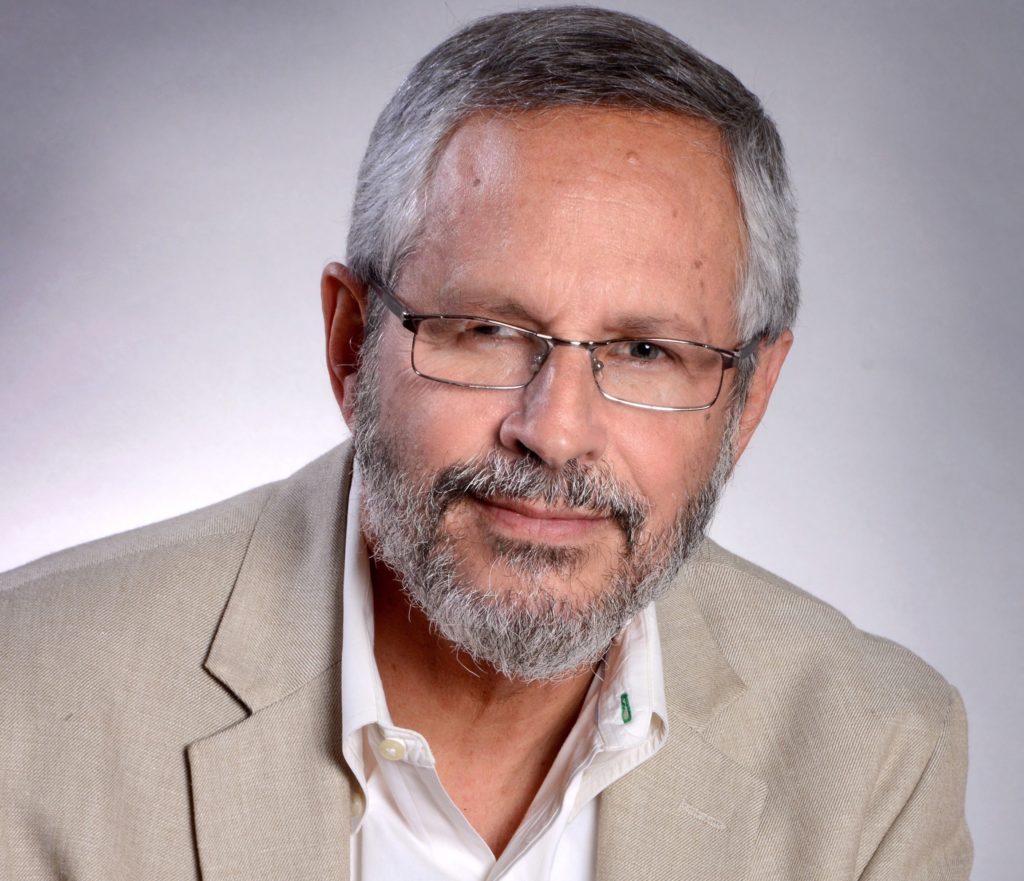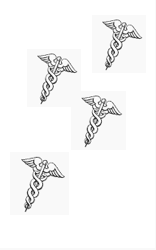
By KEN TERRY
(This is the seventh in a series of excerpts from Terry’s new book, Physician-Led Healthcare Reform: a New Approach to Medicare for All, published by the American Association for Physician Leadership.)
Even in a healthcare system dedicated to value-based care, there would be a few major barriers to the kinds of waste reduction described in this book. First, there’s the ethical challenge: Physicians might be tempted to skimp on care when they have financial incentives to cut costs. Second, there’s a practical obstacle: Clinical guidelines are not infallible, and large parts of medicine have never been subjected to rigorous trials. Third, because of the many gaps in clinical knowledge, it can be difficult for physicians to distinguish between beneficial and non-beneficial care before they provide it.
Regarding the ethical dimension, insurance companies often are criticized when they deny coverage for what doctors and patients view as financial reasons. Physicians encounter this every day when they request prior authorization for a test, a drug, or a procedure that they believe could benefit their patient. But in groups that take financial risk, physicians themselves have incentives to limit the amount and types of care to what they think is necessary. In other words, they must balance their duty to the patient against their role as stewards of scarce healthcare resources.
On the other hand, fee-for-service payment motivates physicians to do more for patients, regardless of whether it’s necessary or not. In some cases, doctors may order tests or do procedures of questionable value to protect themselves against malpractice suits; but studies of defensive medicine have shown that it actually raises health costs by a fairly small percentage. More often, physicians overtreat patients because of individual practice patterns or because they practice in areas where that’s the standard of care. As long as doctors believe there’s a chance that the patient will benefit from low-value care, they can justify their decision to provide that care.
Continue reading…



















